Walkthrough
Explore heritage via guided tour.
🕒 Duration: 15 mins
Begin your journey at the grand entrance where our local historian greets you. You’ll get a short orientation, safety tips, and a glimpse into what lies ahead.
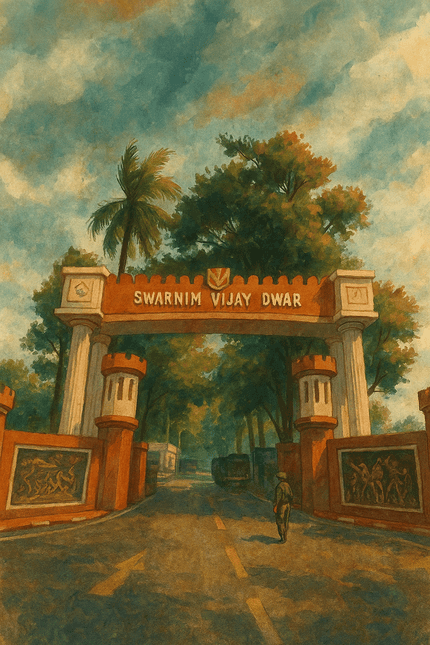
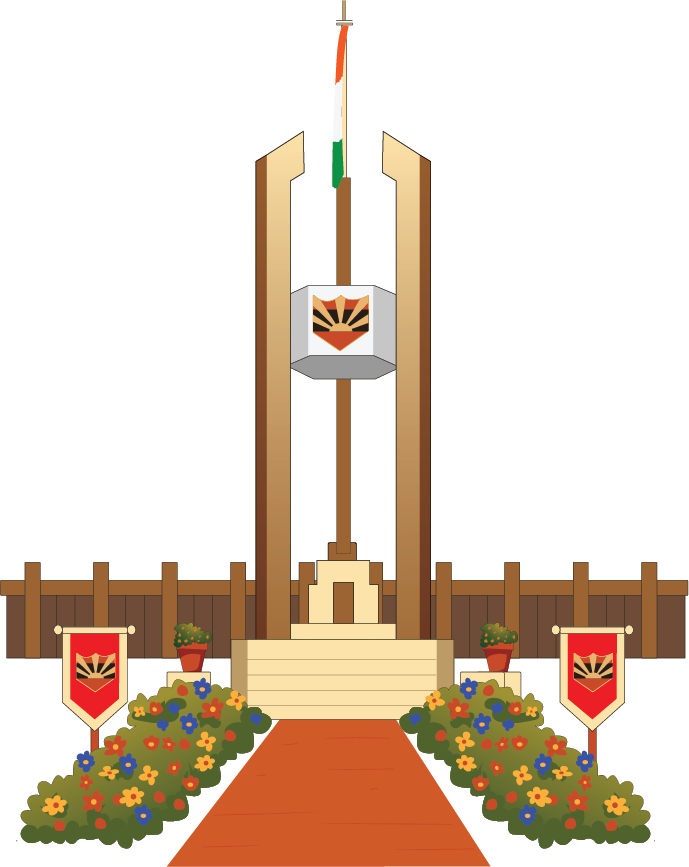
🕒 Duration: 10 mins
A tribute to valor and sacrifice, Vijay Smarak stands tall as a symbol of India's military triumphs. This solemn memorial honors the courage of soldiers who laid down their lives defending the nation. As you stand before it, feel the echoes of patriotism and the unwavering spirit of those who fought for our freedom.
🕒 Duration: 45-60 mins
Although currently under renovation, the Command Museum remains a treasure trove of military history. Originally an ammunition dump, it now houses artifacts, war memorabilia, and rare photographs that narrate the heroic tales of the Eastern Command. Imagine the whispers of history as we walk past this site.
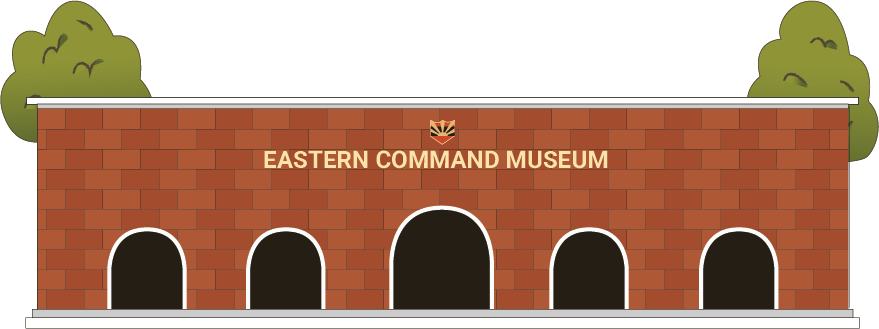

🕒 Duration: 10 mins
With origins dating back to 1758, this barrack was expanded under Lord Dalhousie and has housed thousands of soldiers. Once a crucial military stronghold, it still accommodates troops of the Garrison Battalion today. The very ground you walk upon has borne the weight of countless boots marching towards war and victory.
🕒 Duration: 10 mins
Its distinctive architecture sets it apart among the rampart residences of senior officials. The mansion’s northern façade faces the road, with the Royal Gate to its south and barracks at the rear. Surrounding it are remnants of stables, an old armoury, and the ADC’s Annexe, echoing its colonial past.
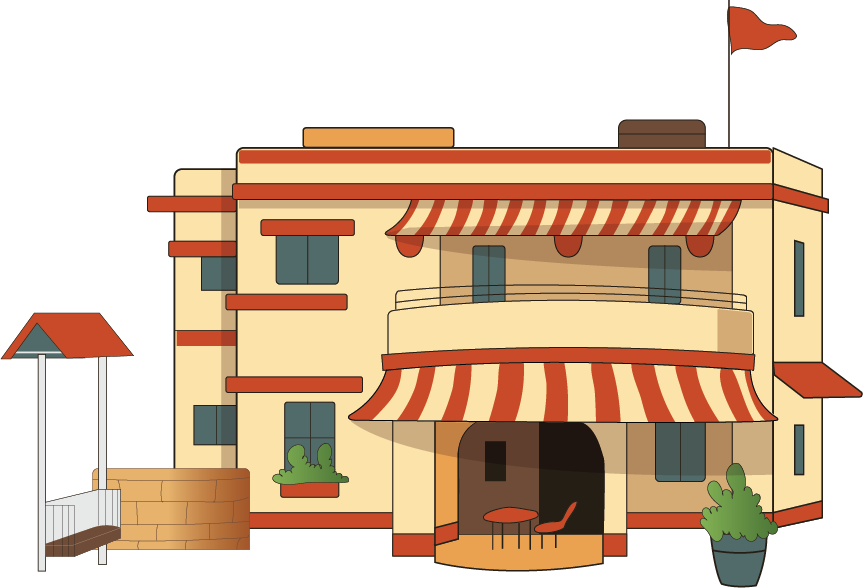
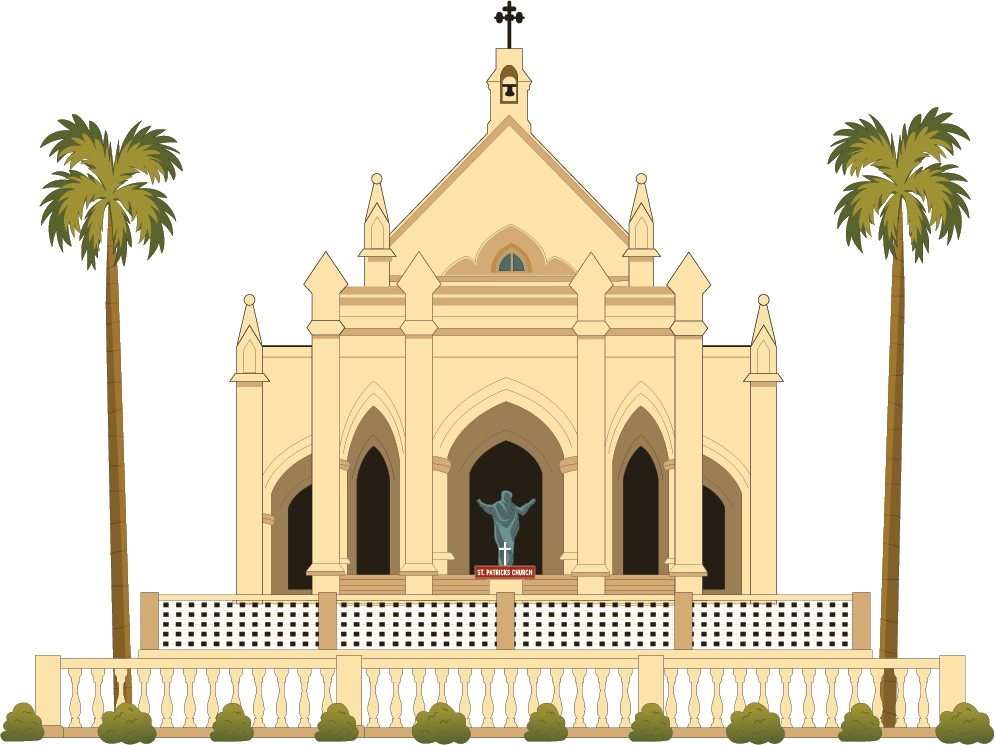
🕒 Duration: 10 mins
St. Patrick's Church was established in the 18th century, within the secure premises of Vijay Durg. It primarily catered to the Irish Catholic soldiers stationed there, as well as the small civilian Catholic population attached to the fort's administrative system.
🕒 Duration: 10 mins
Built in 1771, this was once the abode of British military commanders, including Lord Wellesley. Later, it was named after Field Marshal Sam Manekshaw, the hero of the 1971 Indo-Pak war. The walls of this house have witnessed military strategies that shaped history, making it one of the most revered landmarks of Vijay Durg.
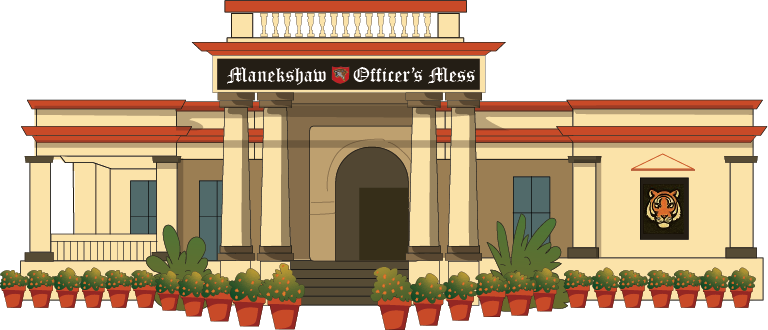

🕒 Duration: 10 mins
A beacon of communication in the 19th century, the towering Semaphore once relayed crucial messages across British India. This was an era when flags and signals controlled the flow of military intelligence. Imagine a time when this very tower stood as the link between distant battlefields and command centers.
🕒 Duration: 10 mins
Once a hub for British war strategy during the Anglo-Burmese conflict, it also held Nawab Wajid Ali Shah under house arrest. Beyond its strategic role, the house contributed to Kolkata’s culture through Awadhi influences brought by the Nawab. Now a heritage landmark, it echoes layers of history—from colonial command to post-independence legacy.

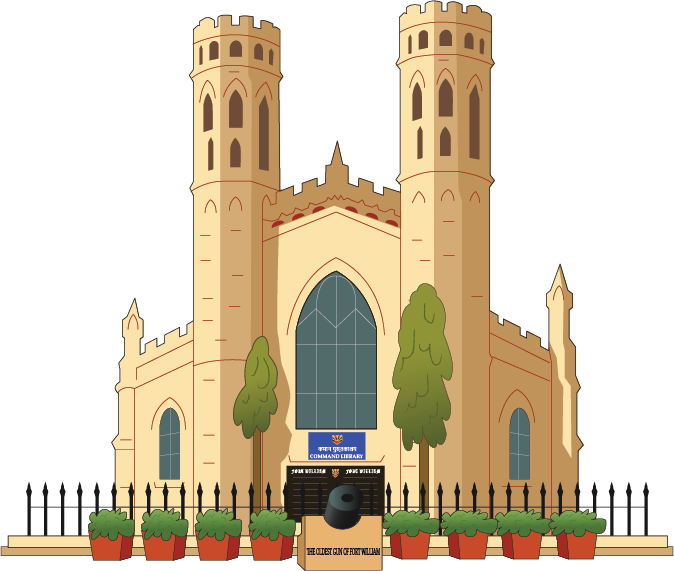
🕒 Duration: 10 mins
Step into the grandeur of St. Peter's Church, now home to the Eastern Command Library. Built in 1824, this Gothic-style masterpiece once echoed with prayers of British soldiers. Today, it safeguards over 40,000 books, a silent witness to history's unfolding pages. The aura of wisdom and antiquity here is simply mesmerizing.